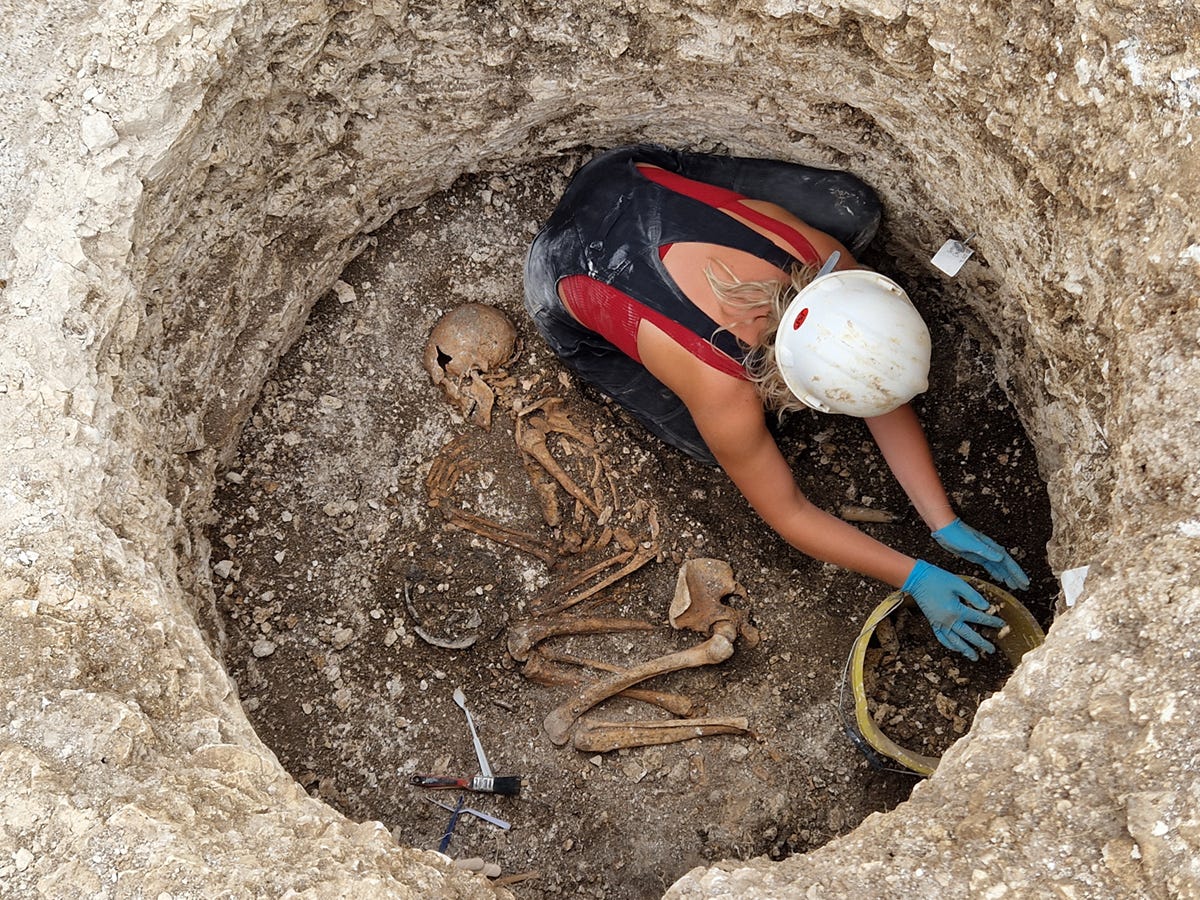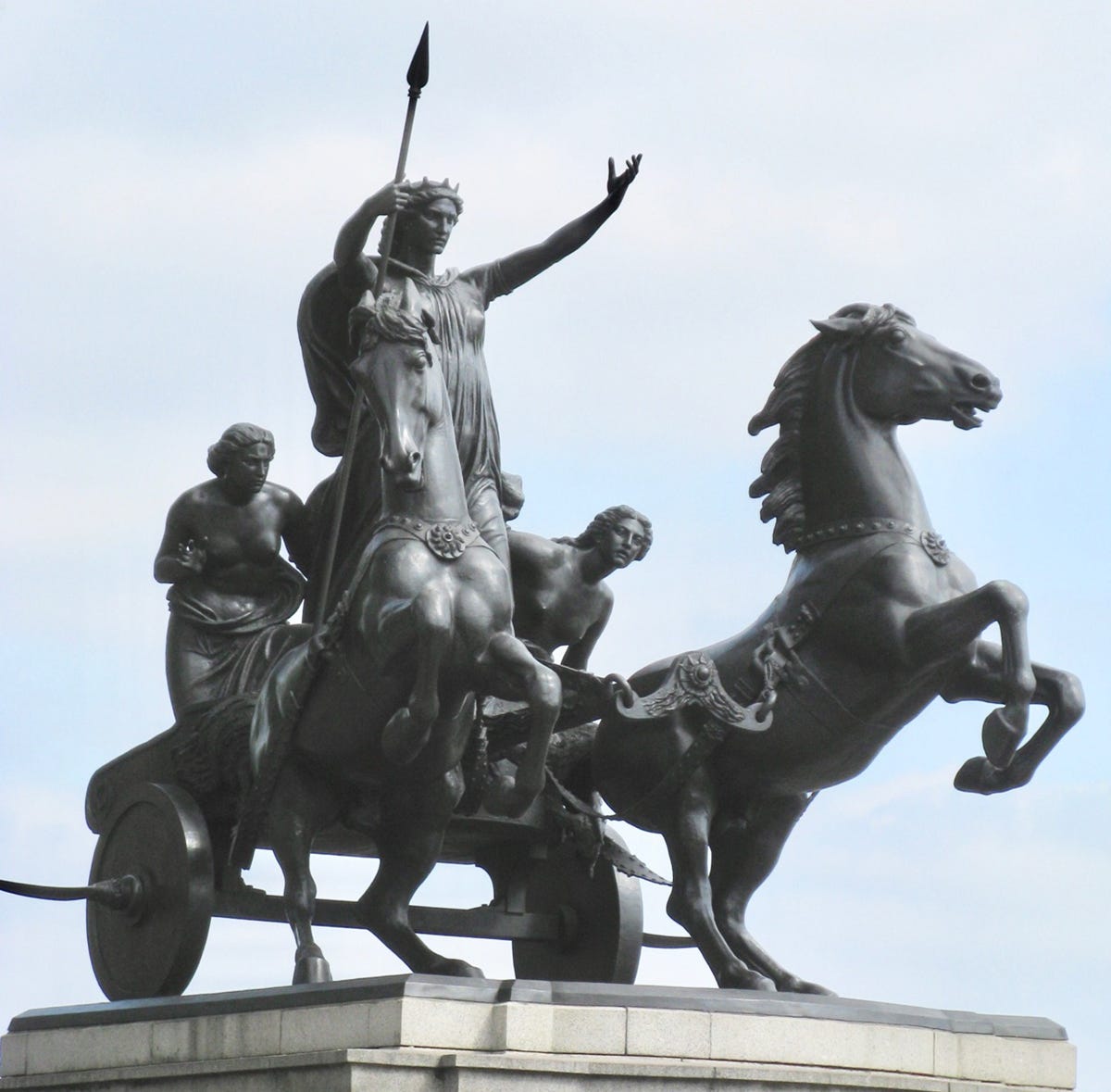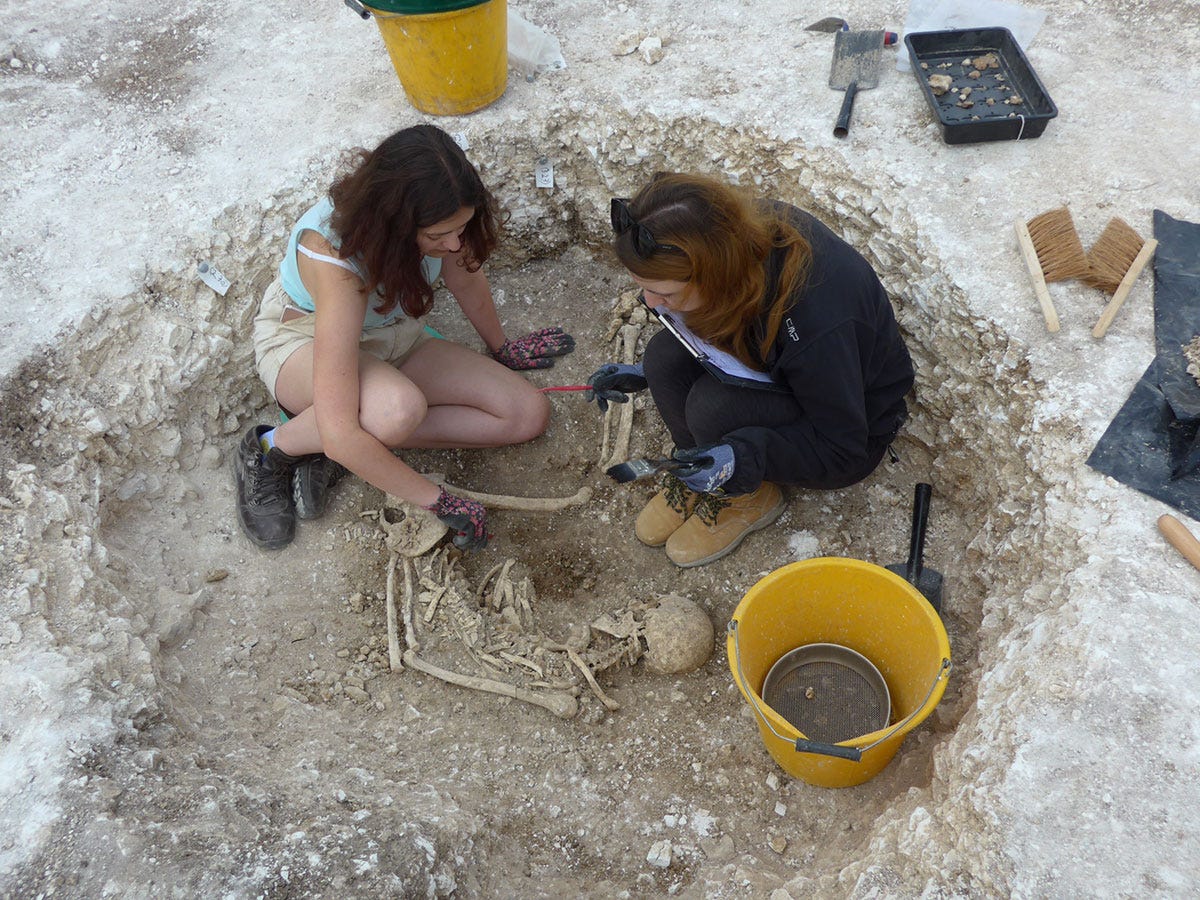New evidence of the central role of women in ancient Britain
Women-centred societies were ‘a widespread phenomenon with deep roots’.
In the Iron Age, women were likely more politically and socially empowered than we’ve allowed ourselves to believe.
A project led by Trinity College Dublin geneticists and Bournemouth University archaeologists has revealed a society centred on women, where men moved to live with their wives, and property may have passed down maternal lines.
By sequencing the DNA of more than 50 community members found in burial sites in Dorset, southern England, the project team found evidence of what’s called ‘matrilocality’.
Dr Lara Cassidy, Assistant Professor in Trinity’s Department of Genetics and the study’s lead author, explains: “We reconstructed a family tree with many different branches and found most members traced their maternal lineage back to a single woman, who would have lived centuries before. In contrast, relationships through the father’s line were almost absent.
“This tells us that husbands moved to join their wives’ communities upon marriage, with land potentially passed down through the female line.”
It’s the first time such a social system has been documented in European prehistory, and, Dr Cassidy says, it “predicts female social and political empowerment”.
This fits with observations by archaeologists that the ‘more richly furnished’ burials belonged to women.

Interestingly, the study’s findings also fit with contemporary accounts of Iron Age society, particularly from Romans, which had previously been considered an exaggeration.
Excavation director and study co-author, Dr Miles Russell, says: “Beyond archaeology, knowledge of Iron Age Britain has come primarily from the Greek and Roman writers, but they are not always considered the most trustworthy. That said, their commentary on British women is remarkable in light of these findings. When the Romans arrived, they were astonished to find women occupying positions of power. Two of the earliest recorded rulers were queens – Boudica and Cartimandua – who commanded armies.
“It’s been suggested that the Romans exaggerated the liberties of British women to paint a picture of an untamed society. But archaeology, and now genetics, implies women were influential in many spheres of Iron Age life. Indeed, it is possible that maternal ancestry was the primary shaper of group identities.”

The findings from the Dorset community – who were named the ‘Durotriges’ by the Romans – led to a re-examination of genetic data from other Iron Age cemeteries. While the sample sizes were smaller, they revealed the same matrilocal patterns.
Dan Bradley, Professor of Population Genetics at Trinity and a co-author of the study, says: “Across Britain we saw cemeteries where most individuals were maternally descended from a small set of female ancestors. In Yorkshire, for example, one dominant matriline had been established before 400BC.”
This indicates that women-centred societies were, Bradley says, “a widespread phenomenon with deep roots” in Iron Age Britain.
The full results of the study – which also found evidence of ‘substantial cross-channel movement’ of people in this period – were published in the journal, Nature, last week.
It was interesting timing, because just a week before, I’d attended a lecture by Professor Ronald Hutton about the development of the modern western world’s image of the goddess. In it he talked about the interplay of influence between the 19th Century Romantic Movement and the study of ancient history and archaeology in the 19th and 20th centuries, with the idea of the non-Christian ‘divine feminine’.
He mentioned Johann Jakob Bachofen, a Swiss anthropological writer, who, in 1862, argued that human society was originally woman-centred, and that what was true in daily life would also have been true in religion. And how, in 1903, the British classicist Jane Ellen Harrison published her view that prehistoric south-eastern Europe had been a peaceful and creative woman-centred civilisation which worshiped a single goddess. She believed this way of life had been destroyed by patriarchal invaders before the dawn of history and that ‘humanity had never recovered from the disaster’.
Professor Hutton explained that these ideas were opposed by other scholars at the time (“but it must be noted that these hostile writers were no more distinguished or successful”) and there simply was not enough evidence to make a conclusive determination. He went on: “And neither now nor later shall I propose one myself.”
While this new Trinity-Bournemouth study doesn’t offer any insight on whether Iron Age societies worshipped a goddess (nor am I trying to conflate the two subjects – I’m making the connection purely for the curiousness of the two subjects coming up so closely together in my own history content consumption), it does for the first time provide evidence for the interdependency in Bachofen and Harrison’s theories: women-centred societies.







This is fascinating!
How interesting! It's really neat that genetic genealogy has been used to find biological evidence to support a previously assumed-exaggerated claim. I wonder if the same practice might be applied to other historically possibly-matrilineal/matriarchal groups, like the Basques.